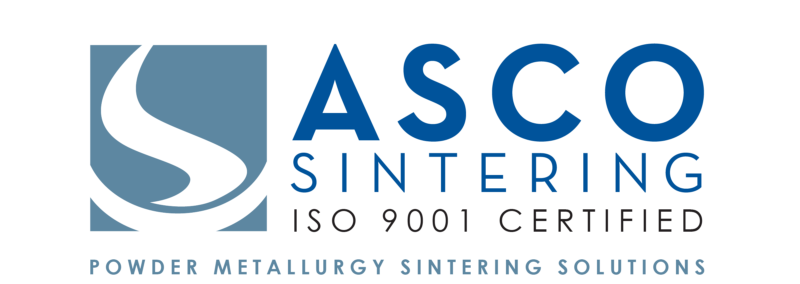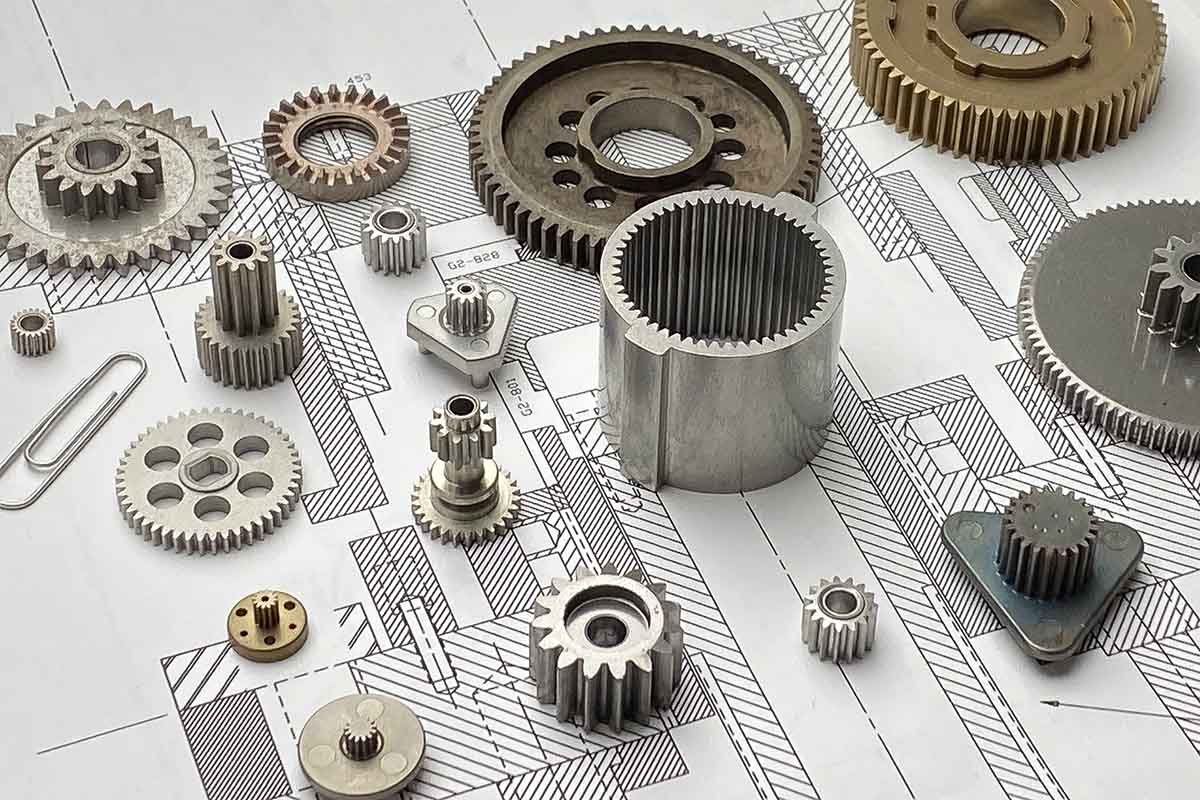
ADVANTAGES OF POWDERED METALLURGY
Powder metallurgy is a well- established mass production method for structural parts, bearings, filters, tool parts, magnets, friction materials, contact elements and components from refractory metals. Its basic steps are powder production, mixing, molding into shapes, and sintering. Optional steps such as sizing, coining, repressing and re-sintering, forging, or metal infiltration may follow.
The unique advantages of the PM metallurgy process are:
- Produces components with close dimensional tolerances which eliminates additional machining.
- It’s versatile, a multitude of parts can be produced on identical production equipment by changing only the tooling.
- Produces complex shapes which would call for additional assembly or machining steps if alternative production techniques were use.
- Provides excellent part to part reproducibility and repeatability.
- Initial tool costs compare favorably to other processes.
- Facilitates manufacture of complex or unique shapes that would be impractical or impossible with other metalworking processes.
- Eliminates or minimizes scrap.
- Cost-effective, high-value manufacturing processes.
- Provides controlled porosity for self- lubrication or filtration.
- Permits a wide variety of alloy systems.
- Produces good surface finishes.
- Provide materials that may be heat-treated for increased strength or increased wear resistance.
- Offers long-term performance reliability in critical applications.
- Suited to moderate to high volume component production requirements.
- Energy efficient and/or environmentally friendly.




